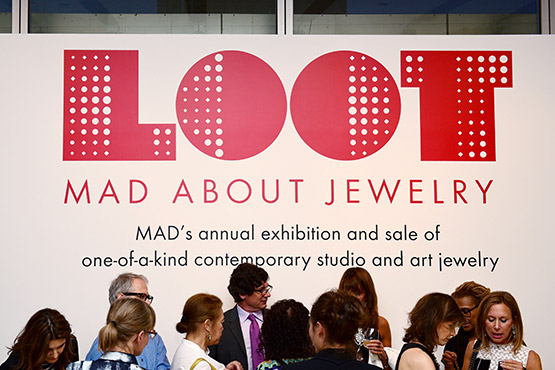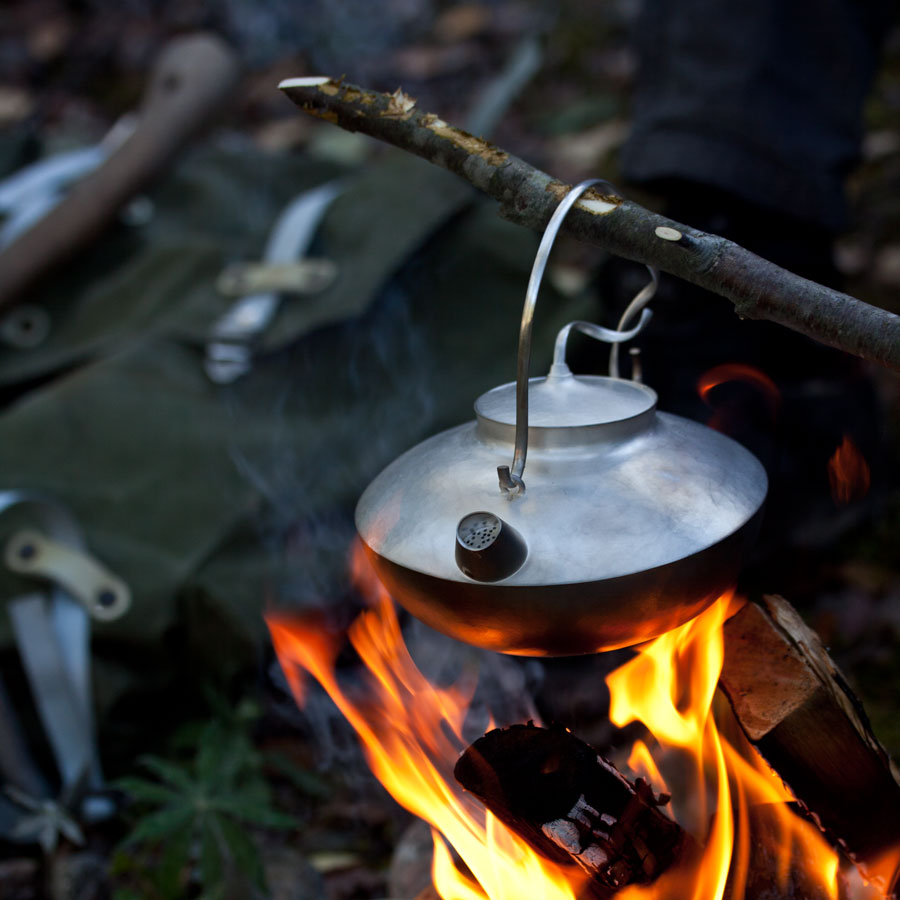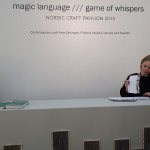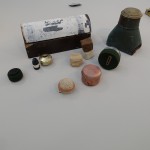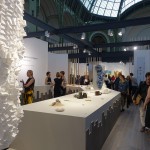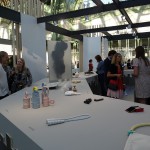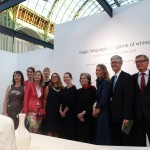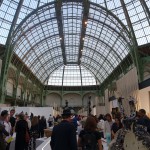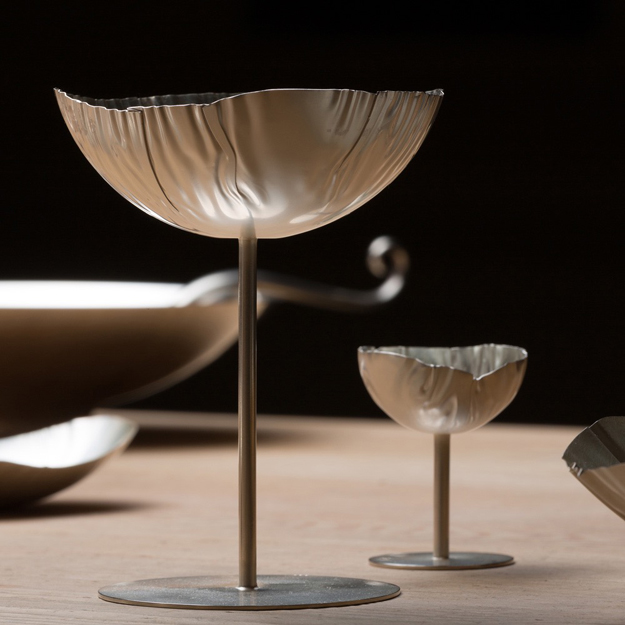
Nutida på Svenskt Tenn
Det är sammanlagt ett tjugotal föremål som nu visas på olika platser runt om i butiken. En karta leder fram till vart och ett av dem. Det mesta är helt nyproducerat och samtliga föremål är till salu.
– Vårt och Nutida Svenskt Silvers uppdrag sammanfaller i den gemensamma strävan att stödja och stimulera hantverket i Sverige. De femton silversmeder som ställer ut är skickliga hantverkare och föremålen håller hög kvalitet i form och material. De värdena var viktiga för vår grundare Estrid Ericson, och genomsyrar allt vi gör, säger Thommy Bindefeld, marknadschef på Svenskt Tenn.
De medverkande silvermederna är Petronella Eriksson, Emma Rapp, Inga Lagervall Ringblom, Maria Elmqvist, Caroline Lindholm, Åsa Hallqvist, Glenn Roll, Pernilla Sylwan, Thomas Raschke, Karlheinz Sauer, Annika Daevel, Josefine Davidsson, Tobias Birgersson, Ingrid Bärndal och Wolfgang Gessl.
Utställningen öppnar 8 oktober och pågår fram till och med 8 november 2015.

